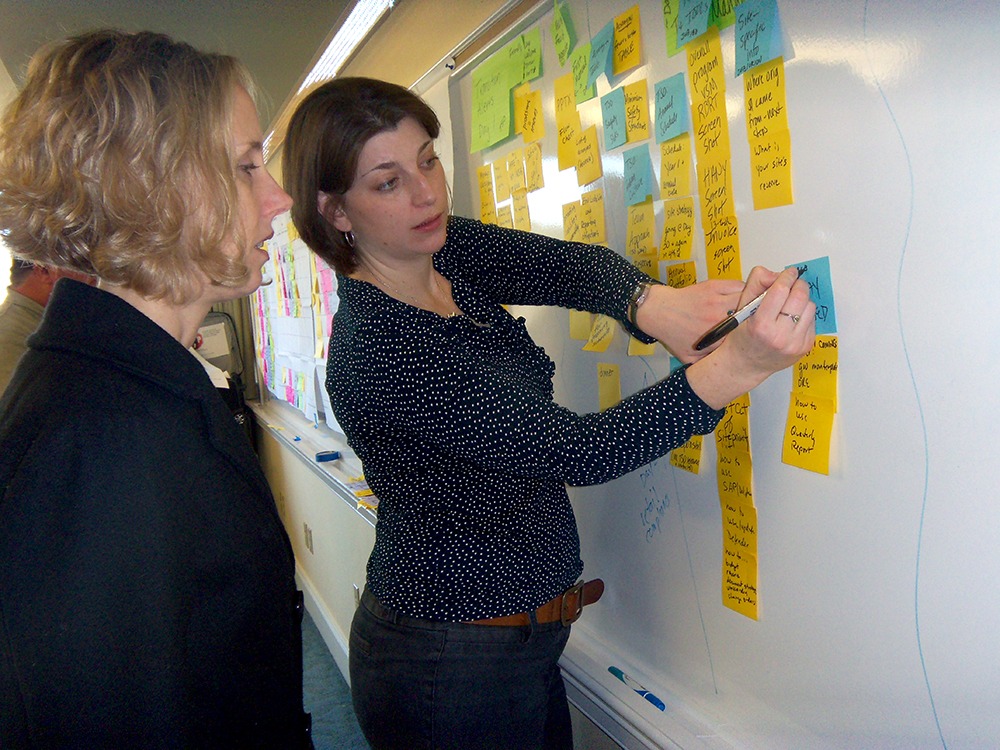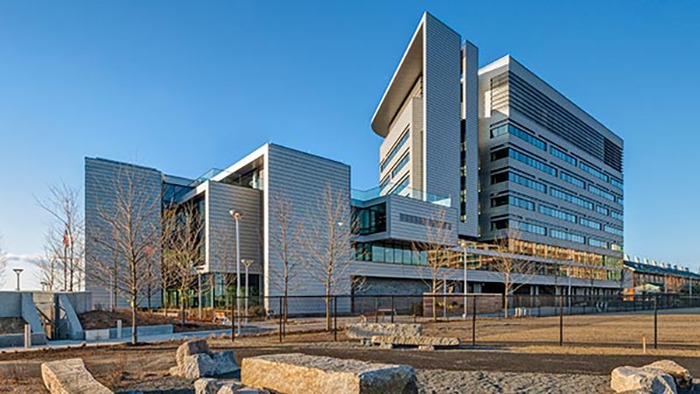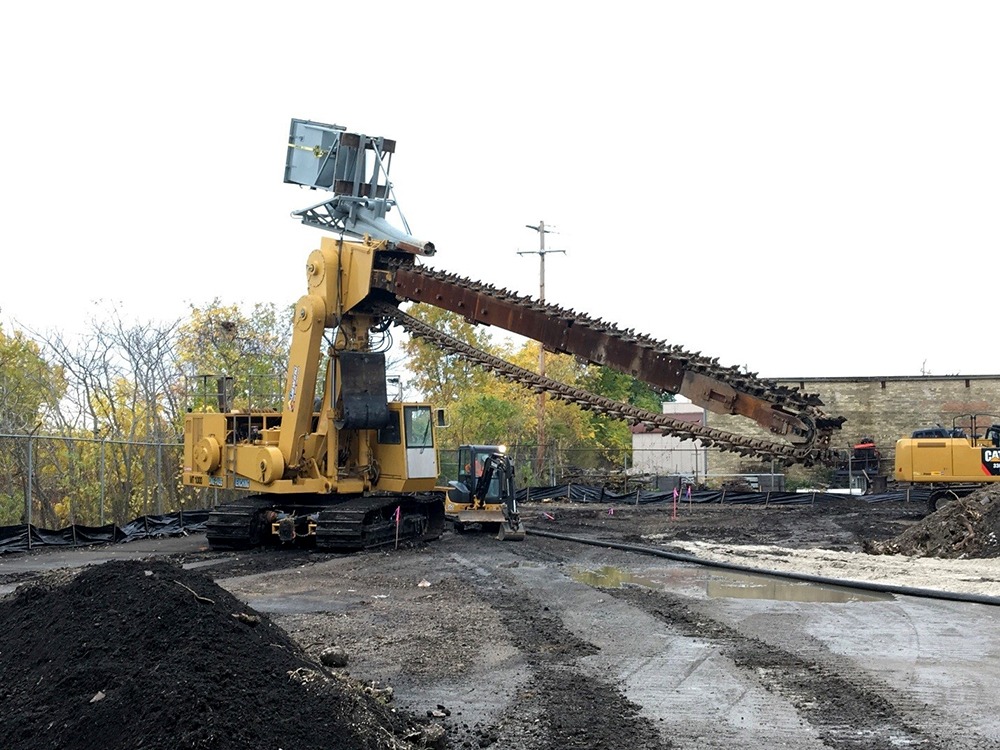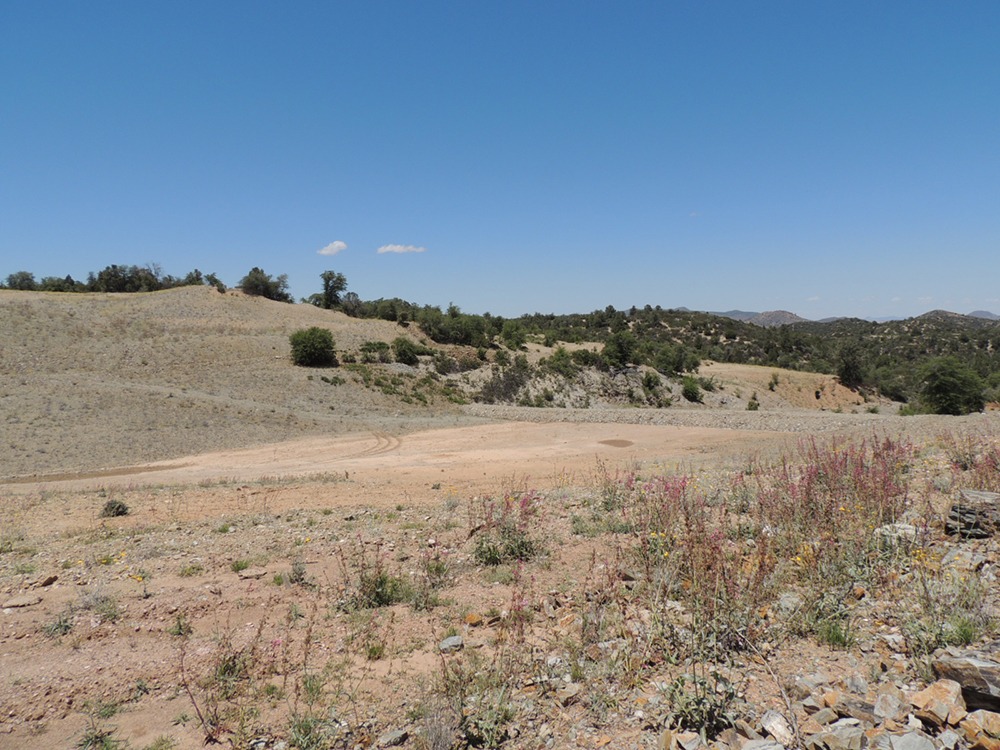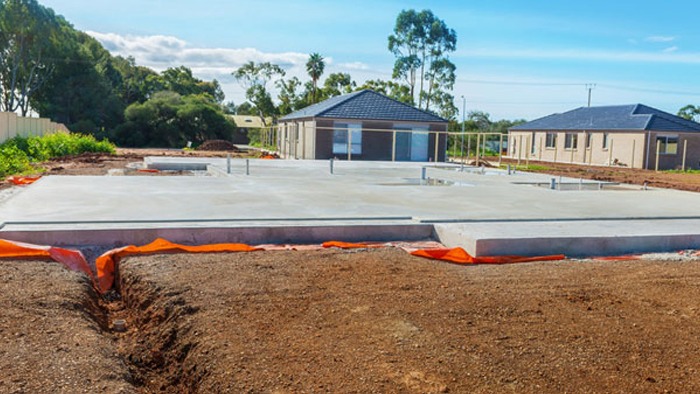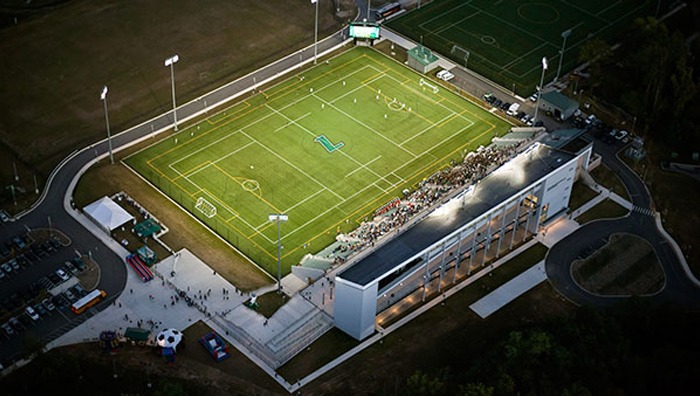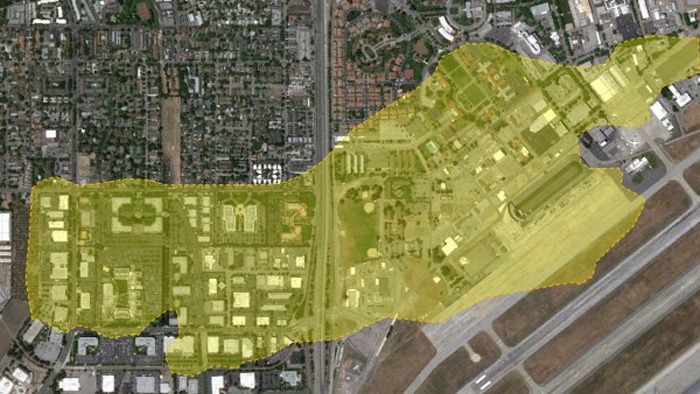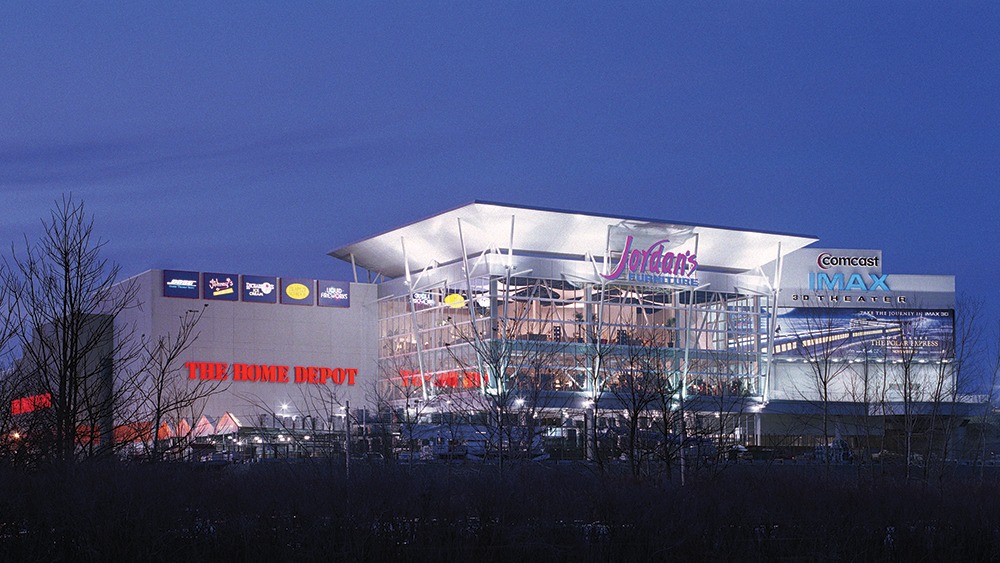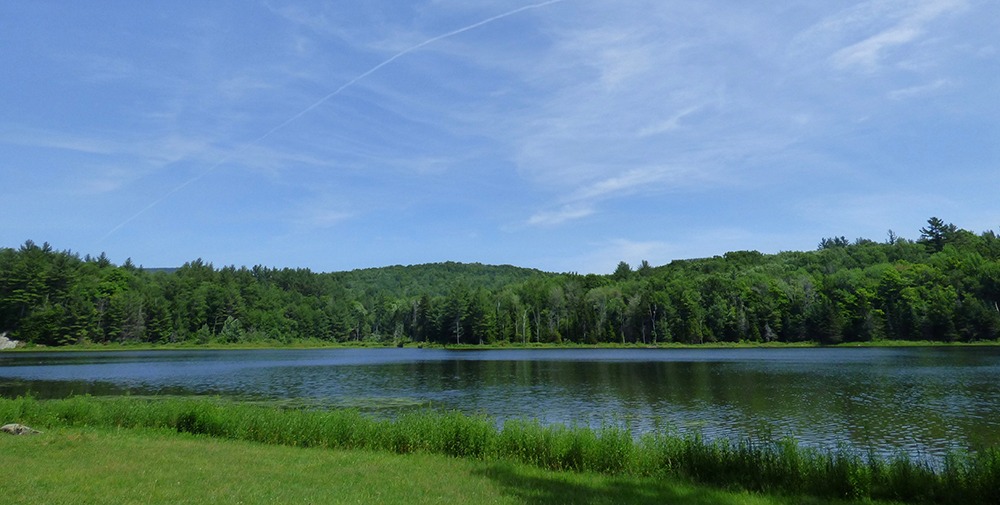
Environmental trusts
Sound science and emotional intelligence put environmental trust on more sustainable path
25,000 gallons per month
amount by which our approach reduced leachate generation
$500,000+
saved per year by leachate reduction
Summary
- A lake in the southeastern United States provides drinking water and recreation. It is also home to a former hazardous waste landfill, currently managed by a trust.
- Locals became concerned about drinking water contamination and mismanagement of the site. To counter negative public perception and independently assess the site’s operations and management, the state — which provided financial oversight of the trust — turned to Haley & Aldrich.
- We evaluated the landfill and found that it did not pose a risk to public health or the environment, sharing our results openly with the community and other stakeholders to quell fear and meet all regulatory requirements.
- We also identified and provided solutions to reduce the generation of leachate — rainwater filtered through the landfill — which saved the trust over $500,000 dollars per year.
Client challenge
A large lake in the southeastern United States serves as the regional drinking water source and is a popular fishing and tourist destination. A landfill site, located on the lake and currently operated by a trust, has been a highly visible and controversial environmental project. Its former operator, an industrial waste management company, operated the site as a hazardous waste landfill through the 1980s and 1990s. In 2003, the company and state regulators reached a financial settlement as part of a bankruptcy hearing which established an environmental trust. The state, which serves a dual role as the regulator and the beneficiary, hired a trustee with fiduciary responsibilities to resolve long-term environmental obligations. The goal for the Trust was to close the landfill cells and operate and maintain the site for 100 years.
Nearly a decade after the bankruptcy settlement, conflicting information in the media led citizens to become concerned about hypothetical scenarios that could result in contamination of the region’s drinking water supply. The trustee urged the state, which provided financial oversight as the beneficiary of the trust, to authorize construction of multiple redundant mitigation systems. As the money placed in trust was rapidly being depleted, the public perceived the state as not doing enough to protect its citizens.
To help determine if the new systems were necessary, the state decided to hire an independent, objective third party to assess the condition of the landfill and provide short- and long-term recommendations to improve operations and maintenance. They turned to Haley & Aldrich to address the risks posed by the site and to put the trust on a more sustainable path while protecting human health and the environment.
Our approach
The Haley & Aldrich team knew that the only way to start repairing public confidence was to approach the situation with an unbiased view of the operations and maintenance of the landfill and to have open, transparent dialogue with all parties involved. Our environmental experts first performed an independent evaluation of landfill operations, focusing on identifying risks to the lake as well as opportunities to reduce cost. The team concluded that the landfill was safe and that there was no risk to public health or the environment. We applied a sound technical and scientific approach to construct a conceptual model, to develop hypothetical release scenarios, and to evaluate possible migration pathways.
Our team also determined that the trust’s existing treatment system was technically effective, but costly. The trust was paying to manage 46,000 gallons of leachate every month at $2 per gallon. Our analysis revealed that many of the site’s mitigation systems were redundant and added unnecessary costs. We recommended a new approach to reduce leachate generation, including repairing cap penetrations and a liner tear. The repairs reduced leachate generation by almost 25,000 gallons per month and achieved a two-month return on investment. This saved the Trust over $500,000 dollars per year and ensured it could continue to operate within the financial confines of the trust.
While this project needed top environmental expertise to maintain public safety, it also required a transparent community outreach plan. The Haley & Aldrich team gave the state and the new trustee the unbiased data and analysis they needed to ensure that both regulators and citizens were at ease and satisfied. We then publicly communicated our recommendations by testifying in front of the state senate subcommittee formed to oversee the project and approve capital expenditures through a recurring allocation.
When our team started this project, the public and trust administrators had a negative outlook. Now, the narrative has flipped. Stakeholders —including the community — have confidence that the site and trust are both appropriately managed. Today, the trust is a strong example of environmental expertise, communication, and fiscal responsibility.
“We came in and provided the state with the information and communication strategies to ease citizens’ minds, while also identifying cost-saving opportunities to keep the Trust financially sound.”
Mark Miesfeldt, Haley & Aldrich
Value delivered
- Demonstrated to the public, the state, and trust stakeholders that there was no risk under the landfill’s existing operating conditions
- Gave the state and trustee information they needed to quell public fear and meet all regulatory requirements
- Identified and provided solutions to reduce leachate generation and significantly reduce cost, saving the trust over $500,000 dollars per year
- Provided the trustee with a framework to conduct objective risk” based decision-making and cost-benefit analysis
For more information, contact:

Senior Technical Expert, Hydrogeology



